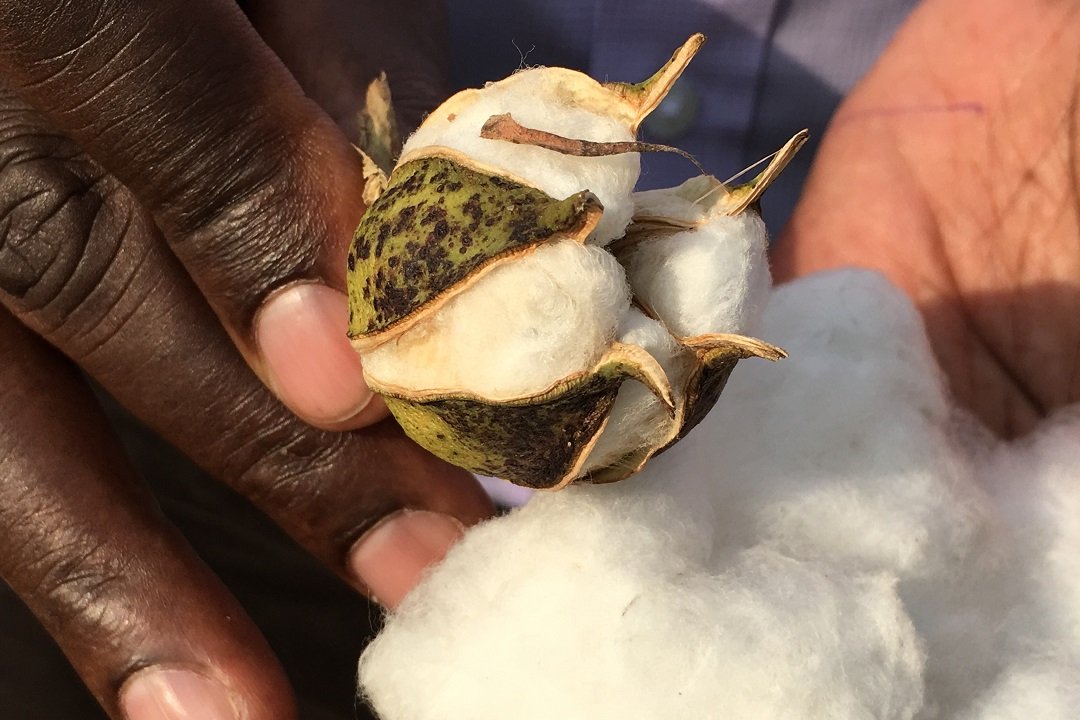
Action ≈ Practice ≈ Theory ≈ Justice
Journal of Fair Trade
The Journal of Fair Trade is a biannual, single-blind, peer-reviewed title published by Pluto Journals bringing together academics and practitioner voices. The Journal is owned and run by the Journal of Fair Trade Society (with support from the Pluto Educational Trust), a membership organisation which reflects the wider movement and all who are passionate about change. Join us and help build back fairer! You can read the journal here.
Why does the Journal of Fair Trade Exist?
The Journal of Fair Trade, published by Pluto Journals, started in 2018 as a response to the debate, division and argument around the diversification of approaches to fair trade and the lack of narrative and cohesion in thinking about what fair trade is, or should be. This was happening at the same time as watching some of the best practices and practical efforts on the ground being eclipsed and stripped of contentious propositions like ‘fairness’, redistribution, regeneration, partnership by other concepts such as sustainability, ethical trade and ESG. So, the Journal is meant to be a platform, a source of evidence-based guidance and a place and means to reboot the fair trade movement.
A main aim of the Journal of Fair Trade is to make a direct link between people who do things, and people who think about them and study them. We publish many voices: academics, producers, coop leaders, researchers, people practicing fair trade and those whose efforts are pushing the front line. Many non-academics and activists have been mentored into the Journal pages already. The range of subjects published so far is very broad.
The Journal has an inclusive and holistic approach: it is not trying to say what's right, which practice, experience, or variant of Fair Trade is best, but to publish genuine and credible work on what is good and so help others to see, learn, apply these models, lessons and ideas.
The Journal of Fair Trade is meant to be critical but inspiring too.
Why is Open Access really important, but also a challenge??
Four years since launching, we’ve transitioned to Open Access, gained DOAJ approval, and can be read here within our ScienceOpen Collection. Alongside the move to Open Access we've been developing a new structure the Journal of Fair Trade Society to guide and support the Journal of Fair Trade in coming years.
Open Access has been spectacular for the Journal of Fair Trade: expanding from a few university libraries to many thousands of readers worldwide. It's exciting to watch this transformation on Science Open, with its deep information and data system showing who, how many, and from where, the Journal of Fair Trade is being accessed, and what is being read.
However, there are challenges too. With libraries no longer paying subscriptions it’s vital for the Journal of Fair Trade, and other Pluto Journals, to reinvent the business model. This is particularly the case for journals like ours which are not hosted by a larger, funded institution. So we are open for and trying many options!
Your support is needed! We really need your help for our core costs: for 2025: Our target is £10,000.
Whatever you can afford every donation will be vital and valued. The Journal of Fair Trade relies on voluntary contributions from our readers and supporters in the brave new world of Open Access. Please help the Journal of Fair Trade by making a donation, for what you can afford, on Kindlink here. You can donate either EUR, GBP or USD.
Call for Papers Special Edition Frans van der Hoff
The Journal of Fair Trade is calling for papers to curate a Special Edition on “The Life and Work of Frans van der Hoff”. We welcome expressions of interest by 15 January 2025. Here you can read the Special JOFT Issue on The life, work and legacy of Frans van der Hoff.
Here Guidelines for contributors are available.
If you have ideas or questions
please email Emma Anderson, emma.anderson@joft.org.uk
The Journal of Fair Trade Society, members and supporters, aim to meet every six months in May and November.
To read more about previous meetings of the Journal of Fair Trade Society and its reports and output please click here to see the Journal of Fair Trade Society page.
Please signup below to receive the Journal of Fair Trade Society news and meeting updates.




